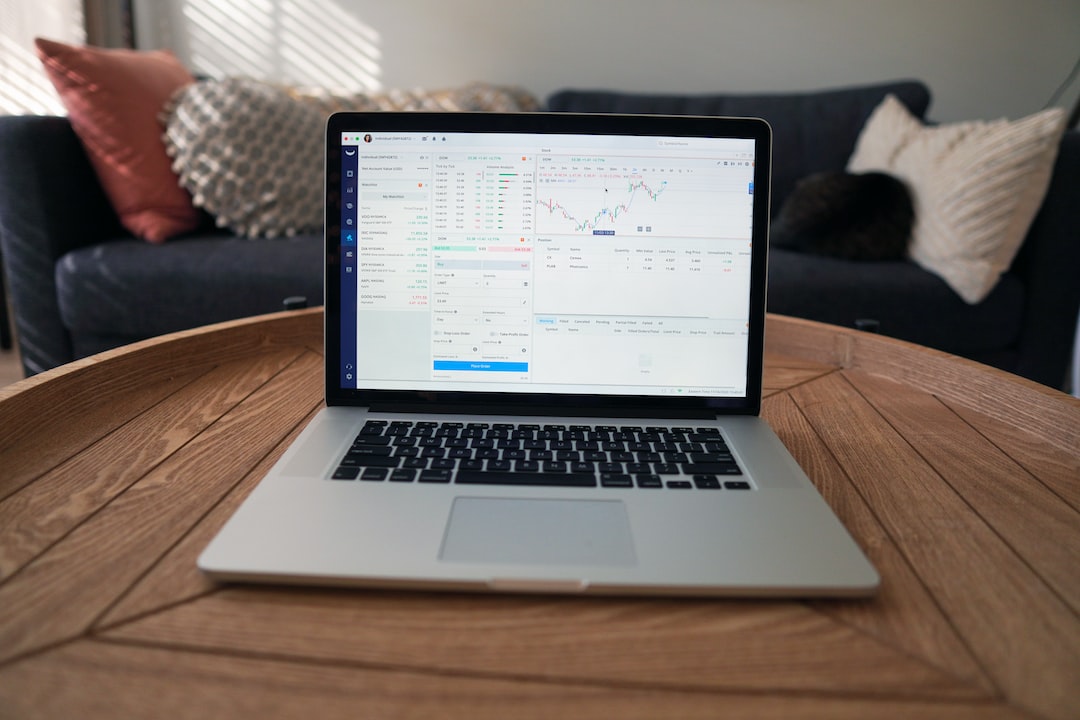The Impact of COVID-19 on Forex: What Happened and What’s Next
The COVID-19 pandemic has had a significant impact on economies around the world, and the forex market has not been immune to its effects. As countries implemented lockdowns and travel restrictions to contain the virus, global trade and economic activity came to a grinding halt. In this article, we will explore the specific ways in which the pandemic has affected the forex market and discuss what could happen next.
1. Increased Volatility:
One of the immediate effects of the pandemic on the forex market was a surge in volatility. Volatility refers to the degree of price fluctuations, and it is an essential aspect of forex trading. In times of uncertainty, investors tend to seek safe-haven currencies such as the US dollar, Japanese yen, or Swiss franc. This increased demand for safe-haven currencies led to significant price movements and heightened volatility across currency pairs.
2. Liquidity Crunch:
The pandemic also caused a liquidity crunch in the forex market. As businesses shut down, and economic activity slowed, liquidity providers, such as banks and financial institutions, became more cautious. This caution resulted in a decrease in liquidity, making it more challenging to execute trades at desired prices. Traders experienced wider spreads and slippage, which can negatively impact their profitability.
3. Central Bank Interventions:
In response to the economic turmoil caused by the pandemic, central banks worldwide took unprecedented measures to stabilize their economies. These measures included interest rate cuts, quantitative easing, and the implementation of various lending programs. Central bank interventions have a direct impact on currency values. For example, when a central bank lowers interest rates, it makes the currency less attractive, leading to a depreciation in its value.
4. Impact on Emerging Market Currencies:
Emerging market currencies were hit particularly hard by the pandemic. These currencies are often more vulnerable to external shocks due to their reliance on foreign investments and exports. As investors pulled out of emerging markets and sought safer investments, currencies like the Brazilian real, South African rand, and Turkish lira experienced significant depreciations. Governments and central banks in these countries had to intervene to stabilize their currencies.
5. Shift in Market Sentiment:
The pandemic also caused a shift in market sentiment. Initially, investors were driven by fear and uncertainty, leading to risk aversion and a flight to safe-haven assets. However, as governments and central banks implemented stimulus packages and vaccine rollouts began, optimism started to return to the market. This shift in sentiment resulted in a rebound in riskier assets and a weakening of safe-haven currencies.
What’s Next for Forex?
As the world continues to navigate the ongoing effects of the pandemic, several factors will shape the future of the forex market:
1. Vaccine Rollout and Economic Recovery:
The successful rollout of vaccines and the subsequent economic recovery will play a crucial role in shaping the forex market. As economies reopen and trade resumes, there is likely to be increased demand for currencies associated with countries that have successfully managed the pandemic and have robust economic recoveries.
2. Central Bank Policies:
Central banks will continue to play a significant role in shaping the forex market. As economies recover, central banks may start to unwind their stimulus measures and raise interest rates. These policy changes can lead to currency appreciations or depreciations, depending on the specific circumstances of each country.
3. Geopolitical Developments:
Geopolitical events and developments, such as trade disputes or political tensions, can impact forex markets. Traders should closely monitor these developments as they can create significant volatility and affect currency values.
4. Shift in Trading Patterns:
The pandemic has accelerated the adoption of digital technologies and remote working. This shift has also impacted forex trading, with more individuals and institutions participating in online trading. This trend is likely to continue, leading to increased liquidity and potentially higher volatility in the forex market.
In conclusion, the COVID-19 pandemic has had a profound impact on the forex market. Increased volatility, liquidity crunch, central bank interventions, and shifts in market sentiment are some of the key effects observed. As the world moves towards recovery, factors such as vaccine rollout, central bank policies, geopolitical developments, and changes in trading patterns will shape the future of the forex market. Traders should stay informed and adapt their strategies accordingly to navigate the evolving landscape.





